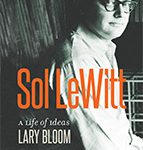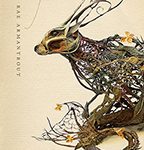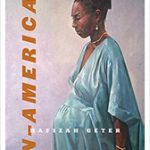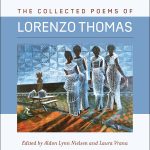
buy from HFS Books
buy from Bookshop.org
“Ian’s poetry project about the student victims in Sichuan is an ambitious, long-time endeavor. His project demonstrates a deep understanding of the tragic event and the humanitarian loss in a society. The poetry often deals with the intuitive and compelling translations of simple Chinese characters that make up a Chinese name. When a child is born, the family, rich or poor, always bestows all the best wishes, hope, and imagination to this newborn baby through the act of naming. Our names are always carefully chosen, and they reflect the mentality within Chinese culture. The names are often poetically striking. Ian’s writing comes from his deep fascination for cross-cultural practices and profound understanding of Chinese history and literature.
I see this work as conceptual as can be. It is a beautiful and persistent effort of a poet’s heart and mind working together, dealing with our tragic reality.”
—Ai Weiwei, on A Forest of Names: 108 Meditations
A Forest of Names: 108 Meditations presents a never-before-seen form of poetic translation that is in turns a haunting indictment of political corruption, a healing tribute to people whose names have been erased, and a stunning meditation on how the roots of language suggest a new path forward. When an earthquake in China toppled schools, burying the children inside, the Chinese government brutally prevented parents from learning who died, how many, and why—and forbid revealing the names of the children. Following artist Ai Weiwei’s gathering of their names, at risk to his own safety, poet and artist Ian Boyden provides poetic meditations on them. His image-driven investigations of the etymologies of the names provide a new kind of translation, one that bridges the origins of language and what those origins grow to evoke. This haunting, heart-breaking, and ultimately triumphant book questions what it means to be human in an age where memory is too often treated as a crime, and what happens when language must become unforgettable.
Ian Boyden is a visual artist, translator, and writer. Consistent across his productions are an intense interest in material relevance, place-based thought, and ecology, with a deep awareness of East Asian aesthetics. He studied for several years in China and Japan, and ultimately received degrees in art history from Wesleyan University and Yale University. His work is interdisciplinary, and past collaborations have involved scientists, poets, composers, and visual artists.
___
June 4
Xiǎoyù
曉鈺
Daybreak Treasure
One jade dawn, instead of searching the horizon,
she walked the limitless shore of her own waking.
___
July 30
Tiānwēi
天威
Celestial Awe
He carried no iron into battle.
When he lifted his hand,
he brandished the sky.
This haunting, heart-breaking, and ultimately triumphant book questions what it means to be human in an age where memory is too often treated as a crime, and what happens when language must become unforgettable.
IAN BOYDEN is a and writer, translator, and visual artist. Consistent across his productions are an intense interest in material relevance, place-based thought, and ecology, with a deep awareness of East Asian aesthetics. He studied for several years in China and Japan, and ultimately received degrees in art history from Wesleyan University and Yale University. His work is often interdisciplinary, including collaborations that have involved a variety of scientists, poets, composers, and other artists.







































































